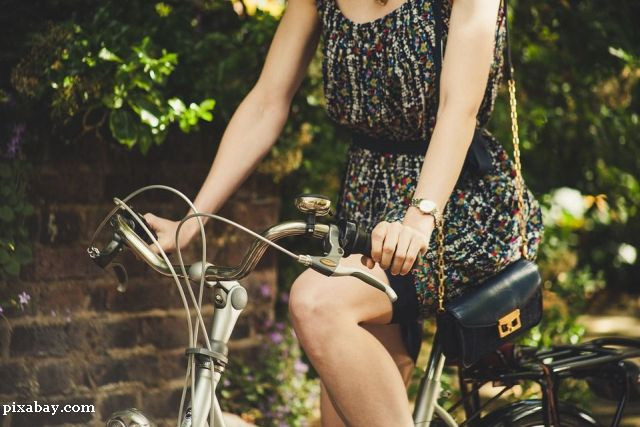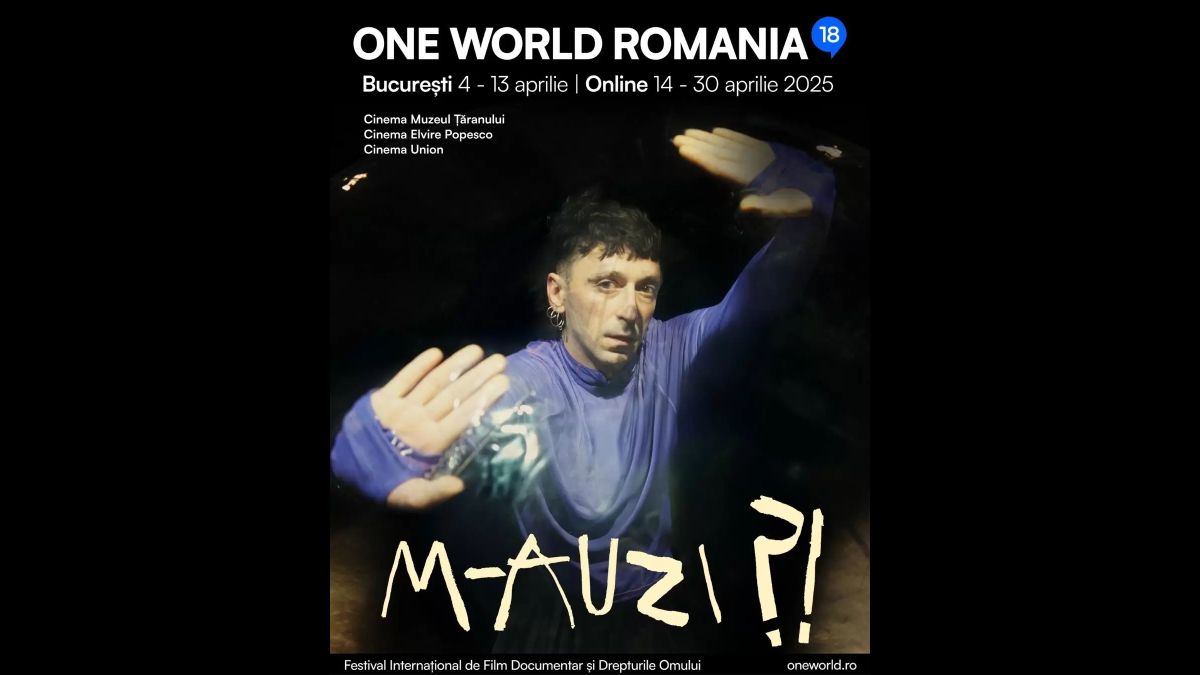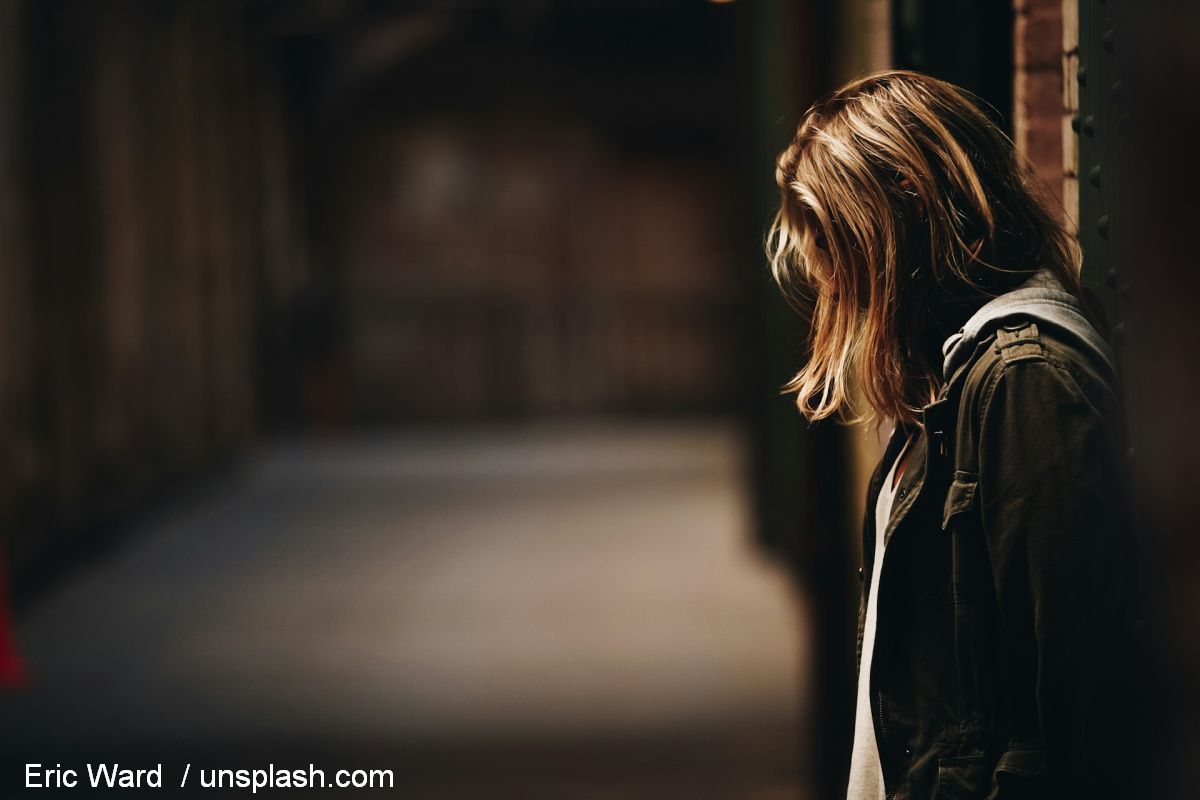A bike ride in Bucharest
Only 5.3% of Romanians choose to go by bike to their office or to school

România Internațional, 19.06.2019, 13:36
Only 5.3% of Romanians choose to go by bike to their office or to school, a survey made by the South East Regional Development Agency and the Organization for Promoting Alternative Transport in Romania, OPTAR says. The car is most respondents favourite means of transport and public transport is the second most popular option chosen by 32.4% of the respondents. Romanians avoid going by bike because of the lack of special markers (77.4%), aggressive drivers (62.4%), obstacles on the bike lanes (51.4%), inadequate bike lanes (49.2%), cars parked on the bike lanes (49.1%) as well as of problems in crossing junctions (45.8%).
Most of the respondents consider biking as a means of recreation and less as a means of daily transport. Marian Ivan, president of OPTAR has more:
“We fare badly in terms of biking. But there are good prospects because according to our surveys, there is a large number of bike owners; however they dont use them because of the lack of a safe infrastructure. Over 80% of the respondents spoke about safety when they were asked why they didnt go by bike. Even those who do go by bike frequently said that there were serious problems related to bike infrastructure.”
Andrei, a 24 year-old young man usually goes by car and only occasionally by bike:
V.M. track “Its very difficult to ride a bike in Bucharest because there are no lanes. We have to ride our bike both on the pavement and in the street; so there are dangers at every step. We go side by side with the cars. More often than not Id rather go by bike than drive home for two hours, but there are no biking conditions. Cars are parked both in the street and on the pavement and there is no room for pedestrians either.”
Marian goes by bike every day though he has his own dissatisfaction:
“There are bike lanes in Bucharest but more are needed. When repair works are underway, curbs are too high and we have to dismount from the bicycle, go round the curb and then ride on. When I go by bike in the traffic, I must make sure its safe. Bikes must have a mirror and bikers must wear protective helmets and high-visibility vests. We must have protective gear to avoid dangers. I think cars should be parked in the outskirts of Bucharest so that we can go by bike or kick scooter in the city and thus have a healthier, less polluted and crowded city.”
So, driving a bike in Bucharest is a real challenge. Bikers are forced to pedal among pedestrians or cars and avoid curbs. Only a few of them, however, dare face the urban traffic, as for that one needs lots of experience and courage. In 2018 alone, 44 serious accidents involving bikers were reported. Even if bike renting and purchasing services have emerged, the problems are far from being solved, according to specialists in urban mobility. They say that the main problem when it comes to encouraging alternative transportation in the capital is not the lack of bicycles, but the lack of a bike lane network. There are only 6 km of bike lane in Bucharest.
Here is Marian Ivan again:
“First of all, a network must be created to serve the needs of a large number of people who want to bike across the city. Then, this network must develop gradually. Without this network, its impossible to have a large number of people leaving their cars and choosing biking instead.”
Currently, OPTAR specialists and also specialists from the South-East Development Region are working on the first national strategy aimed at encouraging the use of bicycles, in order to turn Bucharest into a bike-friendly city, as Marian Ivan told us:
“We are now focusing on this strategy, which can be used by those authorities that are open-minded enough to understand that change is needed in the way in which people travel across the urban areas. Last months vote is an optimistic one, which gave us hope that what we are working to achieve now will be used by future local administrations that will really get involved in solving such problems. This document may be taken over by Parliament or the Development Ministry, as both have shown openness towards the use of the information that we are to provide. Actually, this is the very aim of the project, to provide alternatives to what the central administration is currently working on. We hold meetings with citizens, there will be debates in each and every stage of the project and there will be scenarios, out of which we will choose one. Then the document will be processed and then debates will be held again, in order to come up with a final version that is widely accepted by a large number of people. We believe that this year we will be able to come up with the final version.”
In the meantime, the Bucharest municipally has announced the building of a new bike lane network in the centre of the city, in the coming six months. There will be 4 tracks, along 21 roads, totaling 48 km. Also, 420 bicycle parking systems will be set up across this network.






























